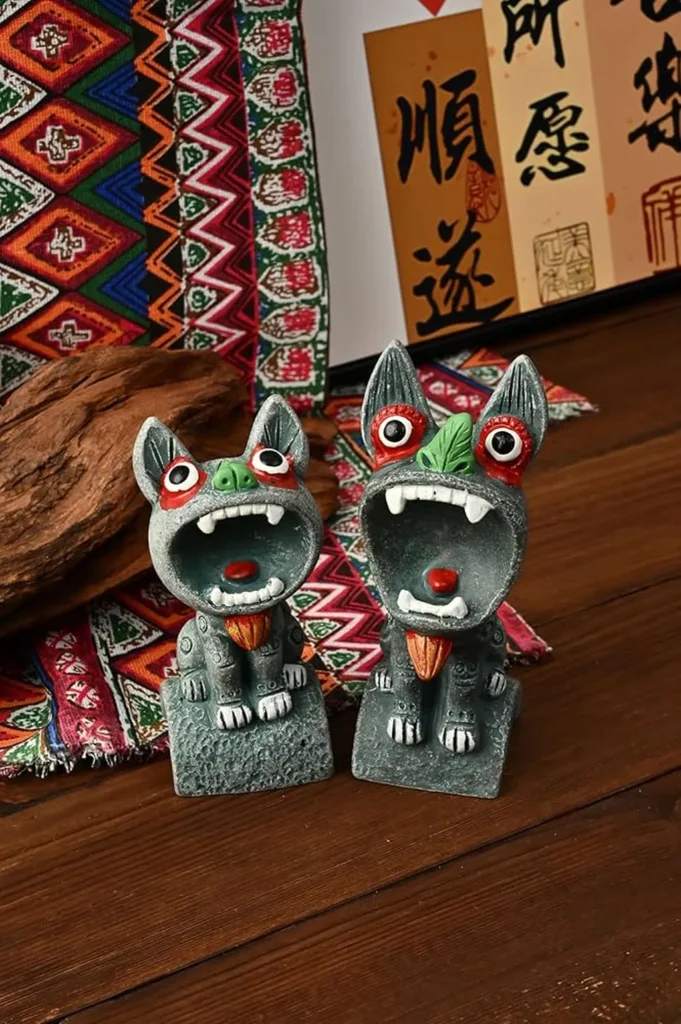In the heart of Yunnan, China, a unique architectural ornament known as the Tile Cat has been quietly guarding rooftops for centuries. But what if these feline figures are more than just decorative elements? A recent study published in the *Journal of Asian Architecture and Building Engineering* (Asian Architecture and Building Engineering Journal) by Anli Cao of Beijing Forestry University suggests that these ornaments are a complex blend of cultural symbolism and architectural function, with implications that could resonate far beyond traditional construction.
The Tile Cat, often perceived as a simple tiger figure, is actually a composite of various mythological creatures, including dragons, lions, goats, fish, and oxen. This revelation challenges the narrow conception that Tile Cats are merely tigers, offering a richer understanding of their cultural and architectural significance. “Early Tile Cats incorporated features of mythological creatures predating their tiger associations,” explains Cao. “Their protective symbolism originated less from feline imagery than from their spatial relationship to roof ridges and structural beams.”
This research is not just an academic exercise; it has practical implications for the construction industry, particularly in the energy sector. Understanding the symbolic and functional aspects of traditional ornaments like the Tile Cat can inform modern design practices, potentially leading to more culturally sensitive and energy-efficient buildings. For instance, the study’s findings could inspire architects to integrate similar protective symbols into contemporary designs, enhancing the aesthetic and cultural value of buildings while also considering energy efficiency.
Comparative evidence from Japan, particularly the use of Demon-Mask Tiles, further enriches this narrative. These parallel practices suggest a broader East Asian cultural genealogy that could influence future architectural trends. “The study concludes that the Tile Cat is a composite rather than a singular tiger figure,” Cao notes. This composite nature opens up new avenues for exploration in architectural ornamentation, blending traditional symbolism with modern design.
The implications for the energy sector are particularly intriguing. As buildings become more energy-efficient, the integration of culturally significant ornaments could enhance their appeal and functionality. For example, the protective symbolism of the Tile Cat could be reinterpreted in modern contexts, such as incorporating energy-efficient materials that also carry cultural significance. This could lead to buildings that are not only environmentally friendly but also deeply rooted in cultural heritage.
In conclusion, Cao’s research offers a fresh perspective on traditional architectural ornaments, revealing their complex cultural and functional significance. As the construction industry continues to evolve, understanding and integrating these elements could lead to more innovative and culturally resonant designs. The Tile Cat, once a simple rooftop guardian, now stands as a symbol of the rich interplay between culture, architecture, and modern construction practices.

